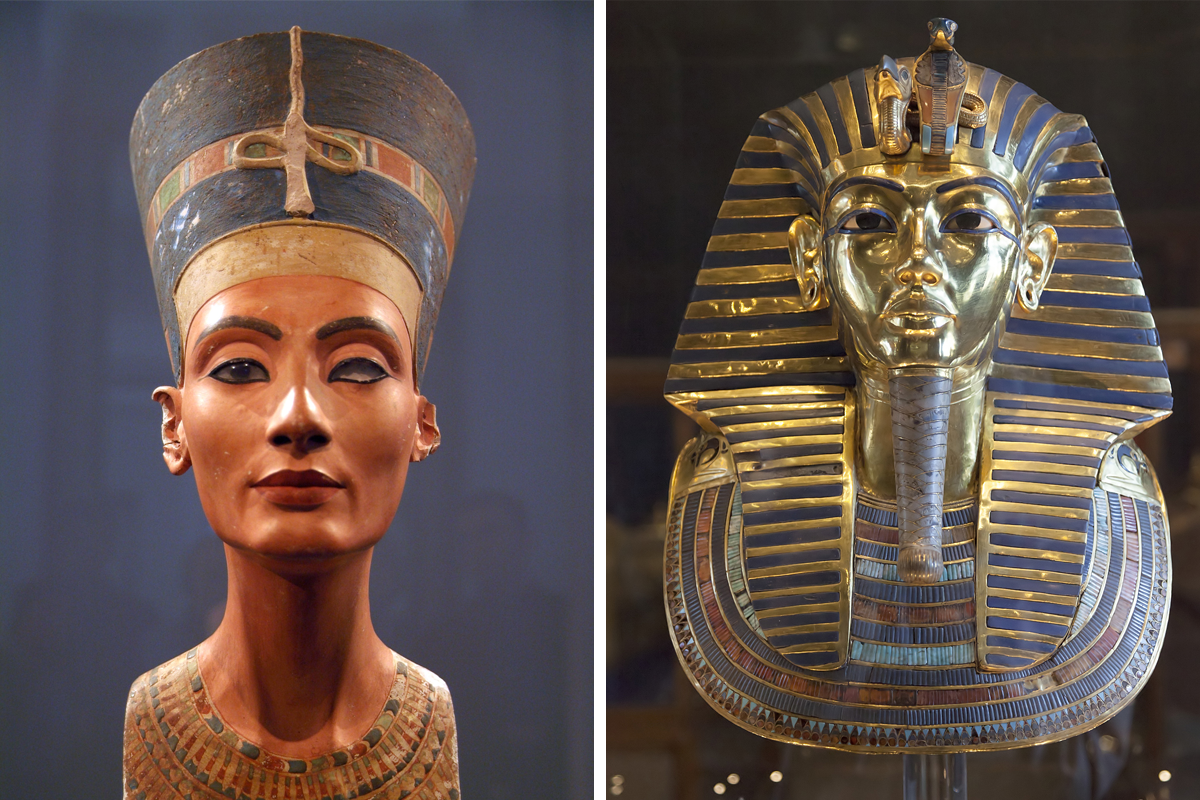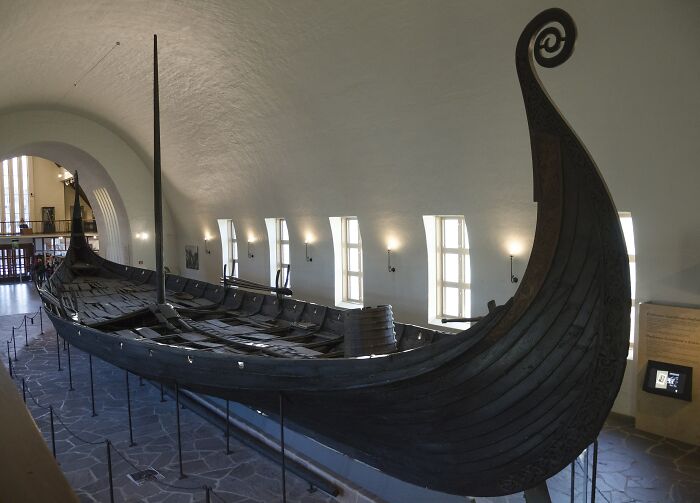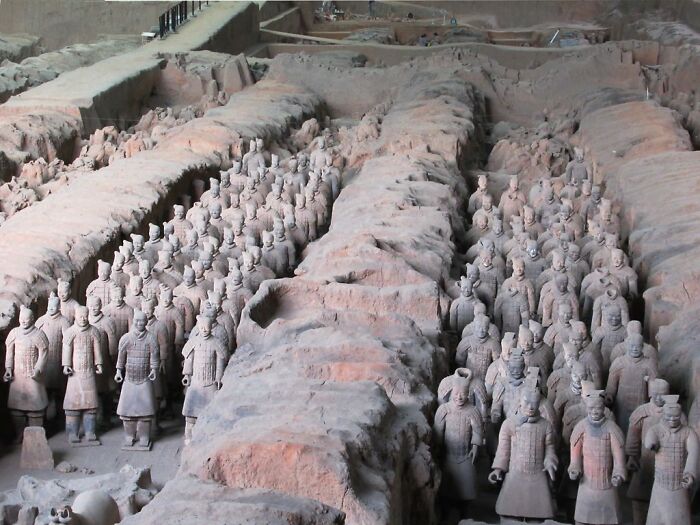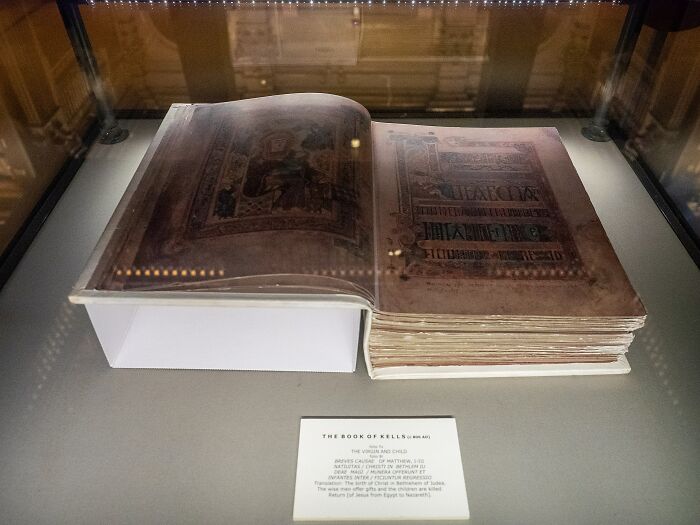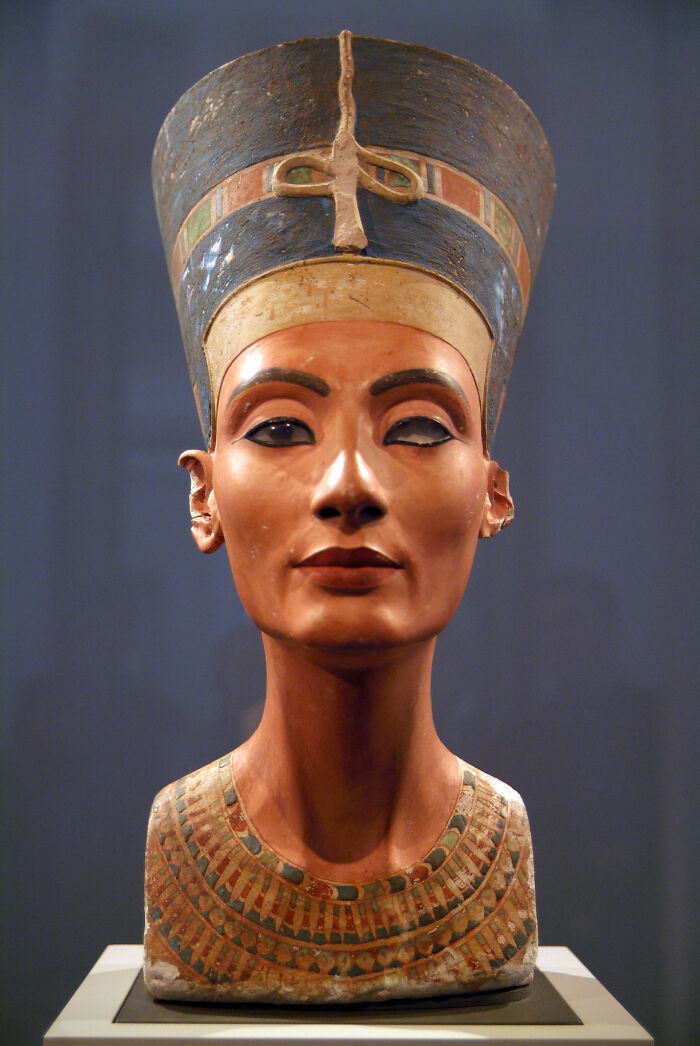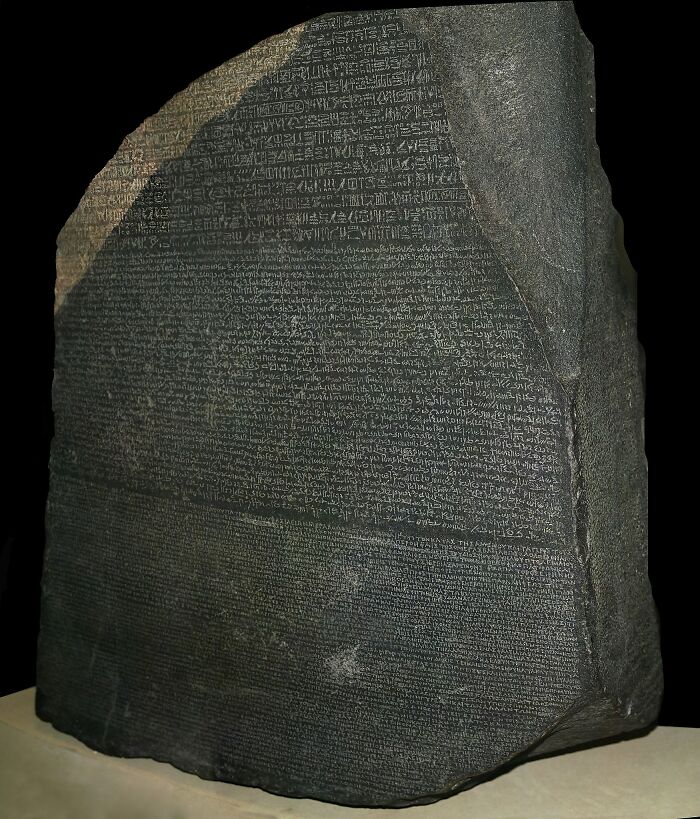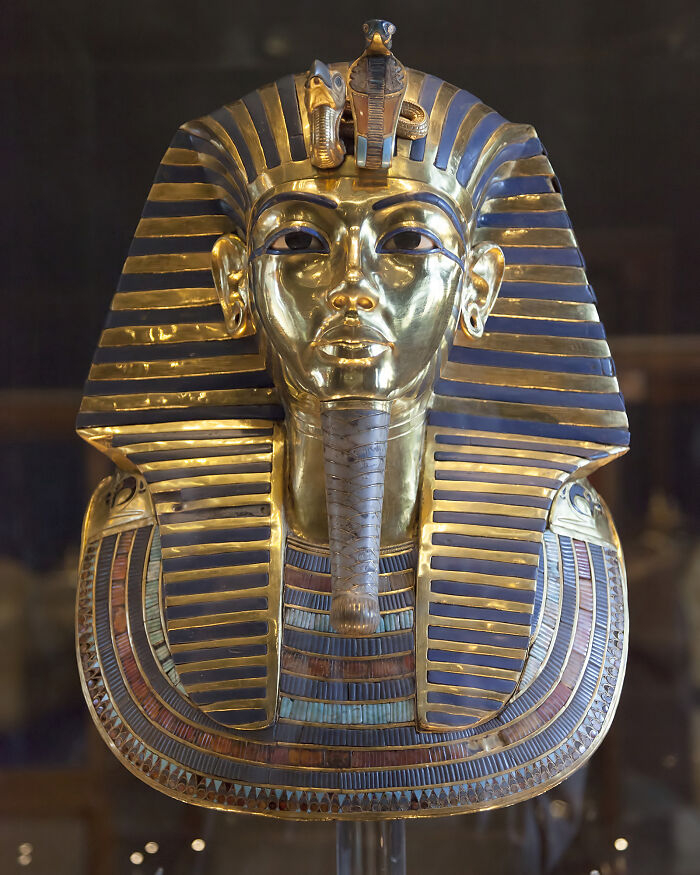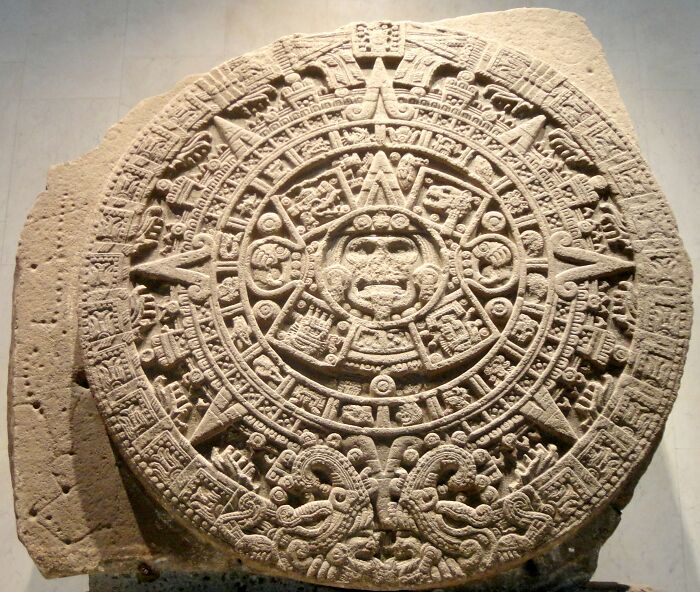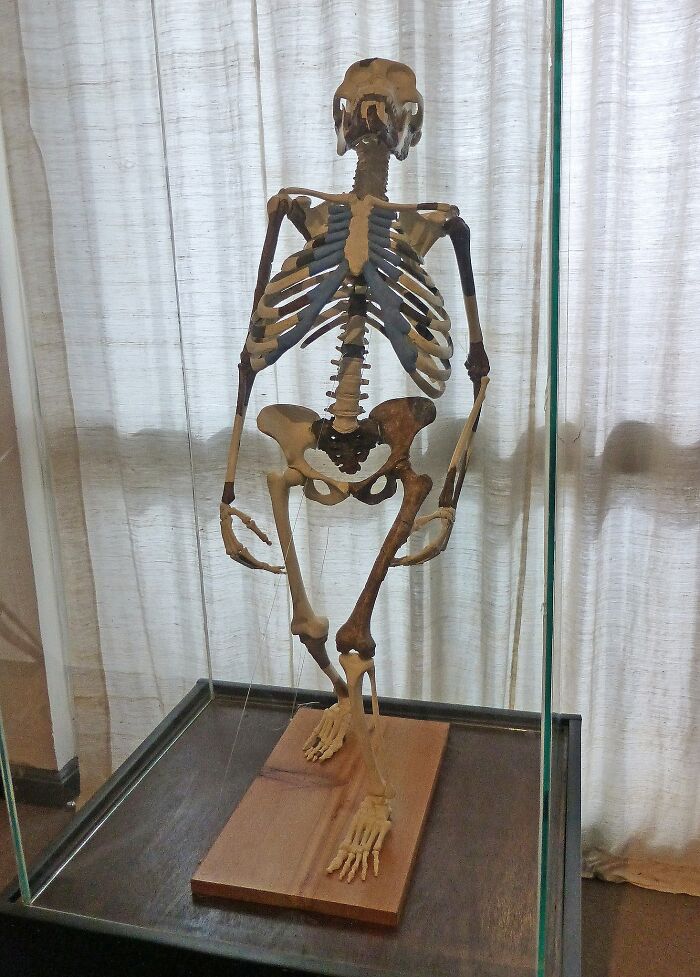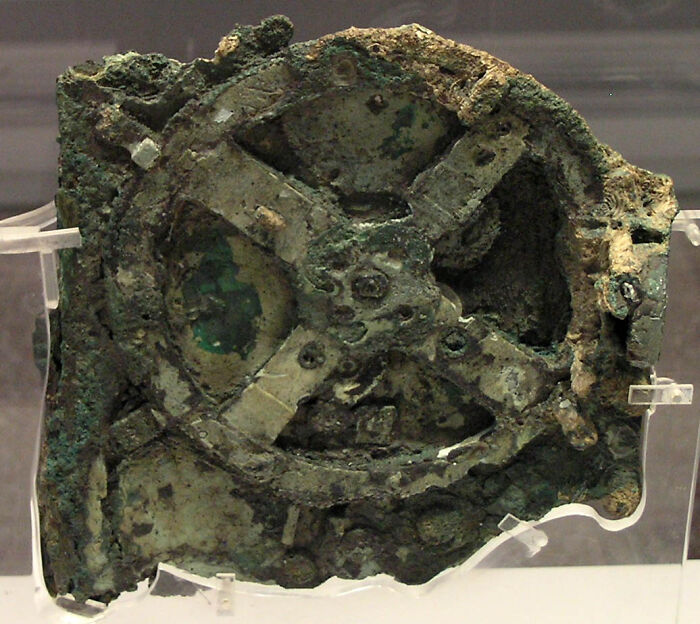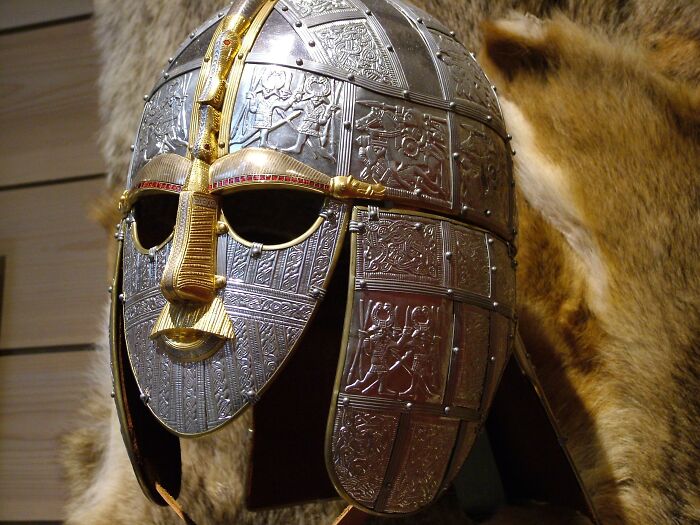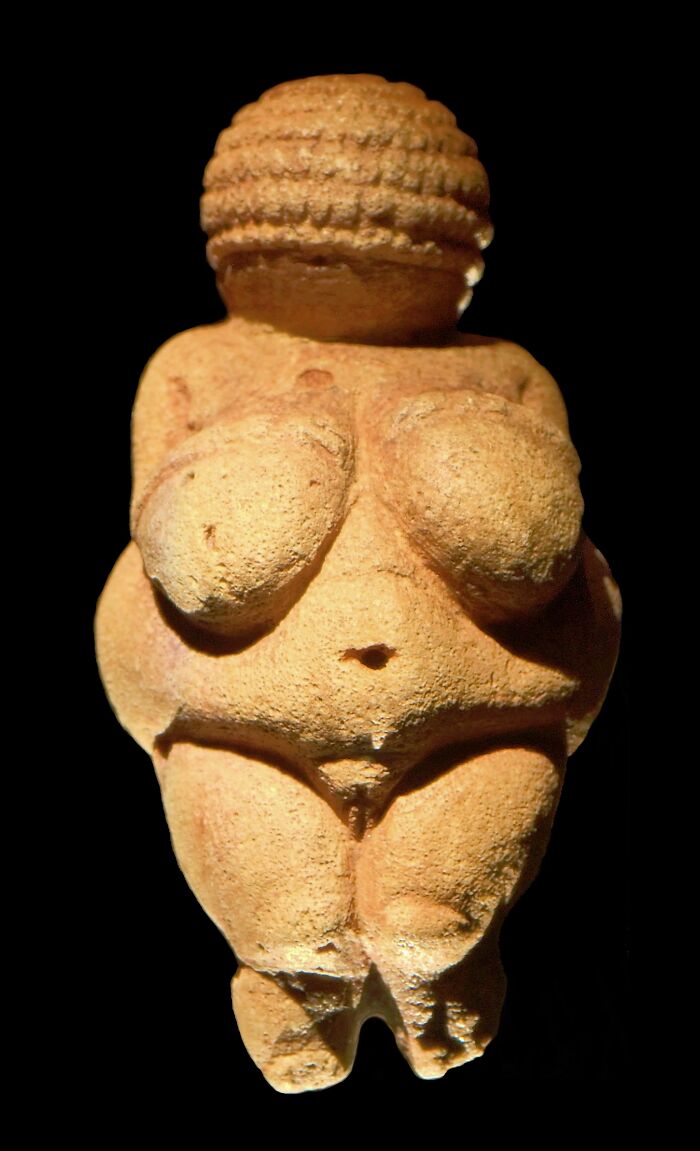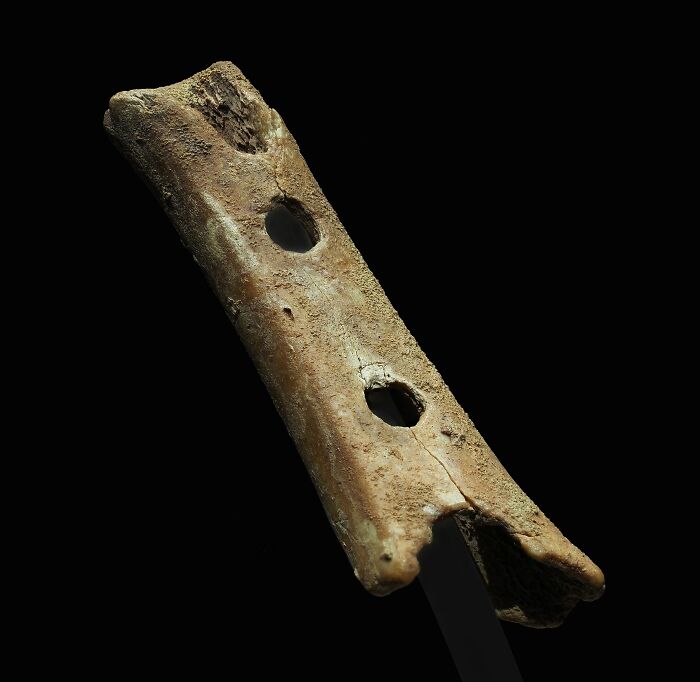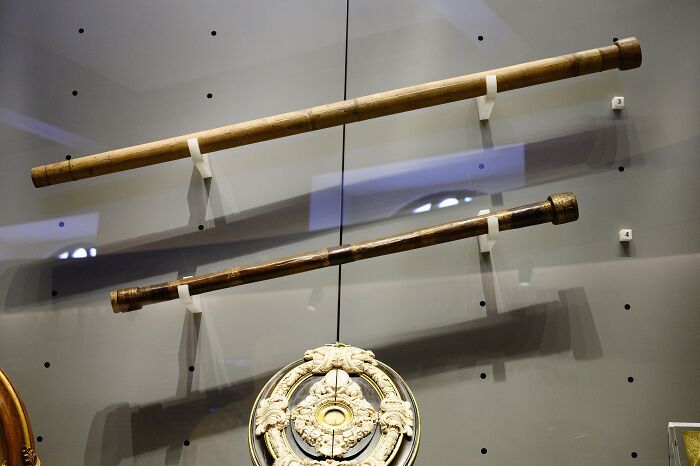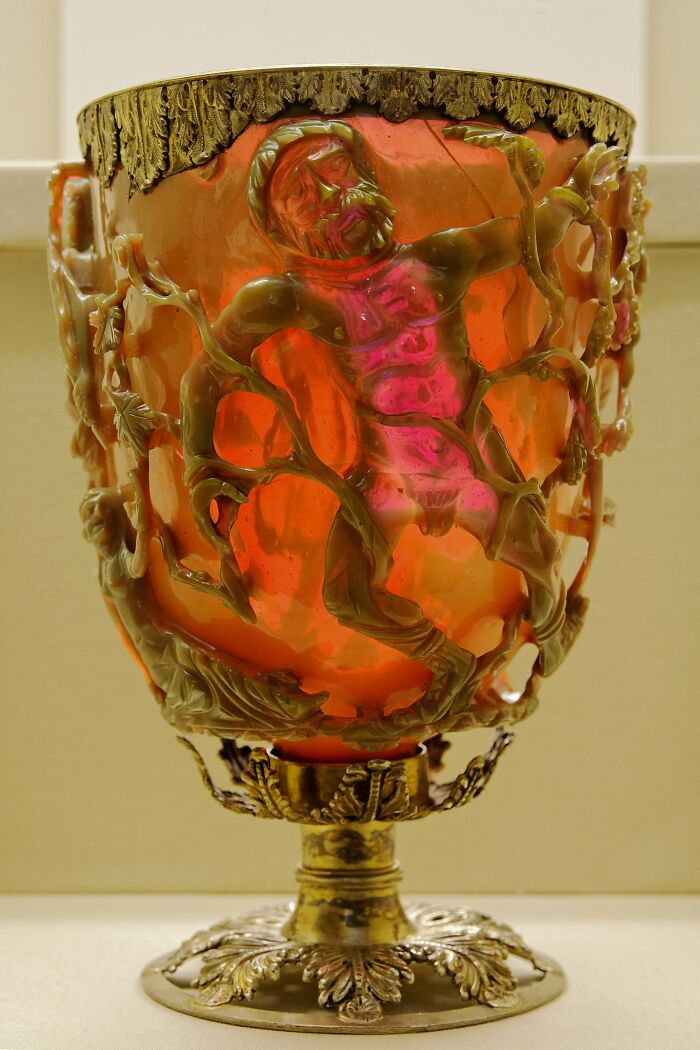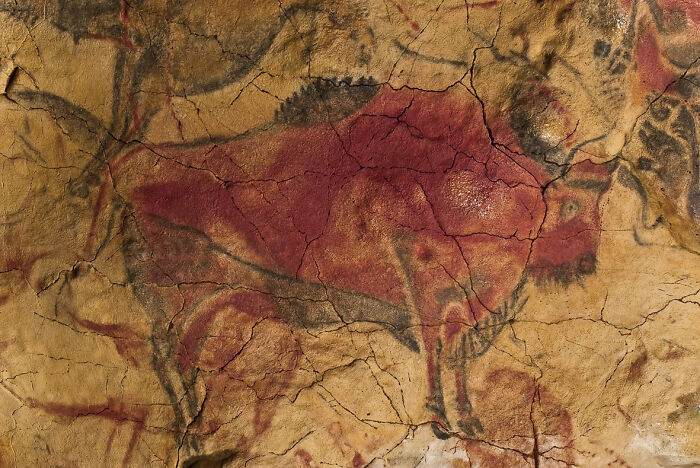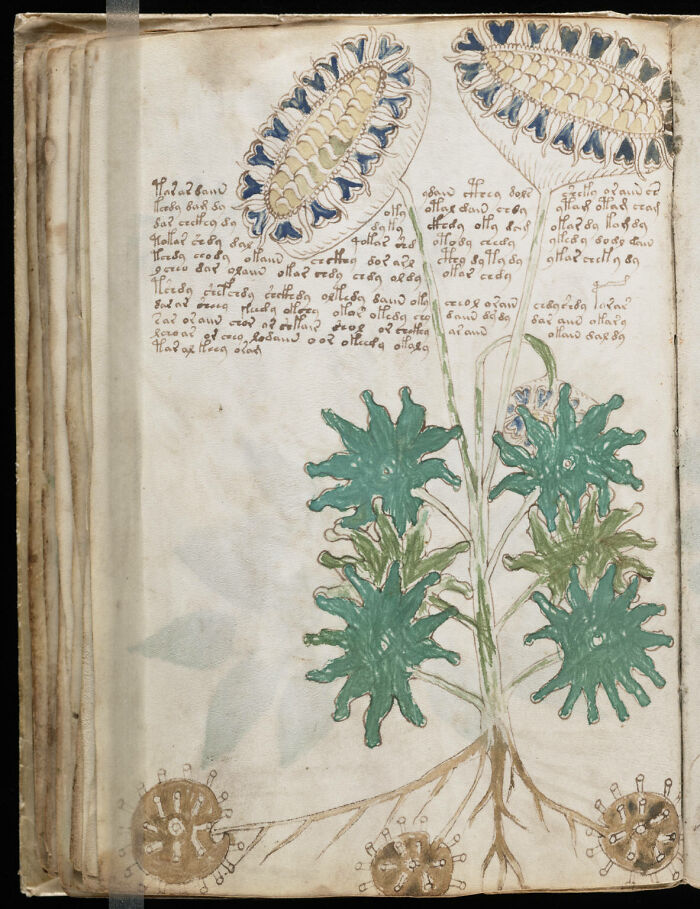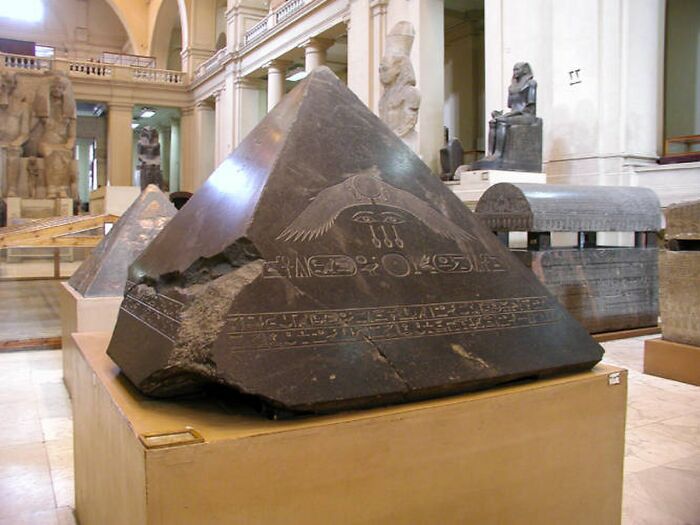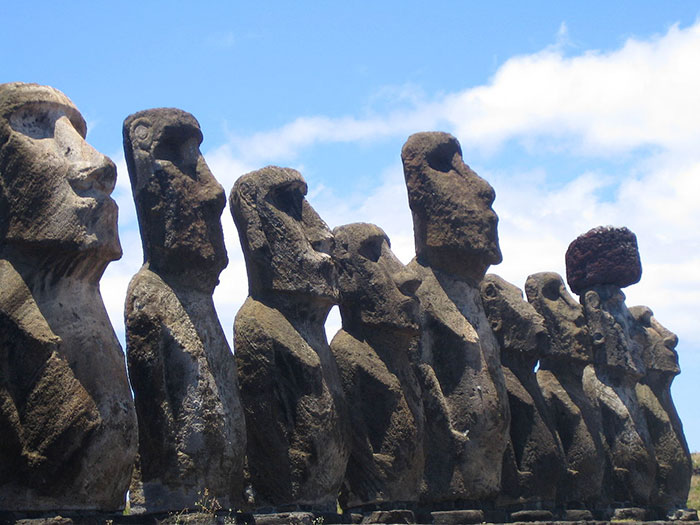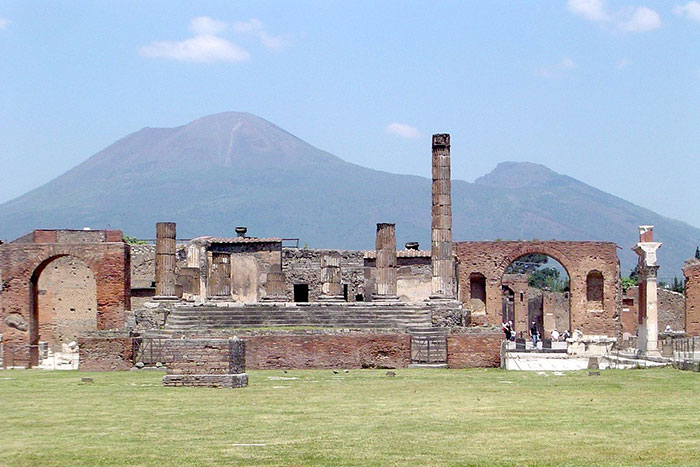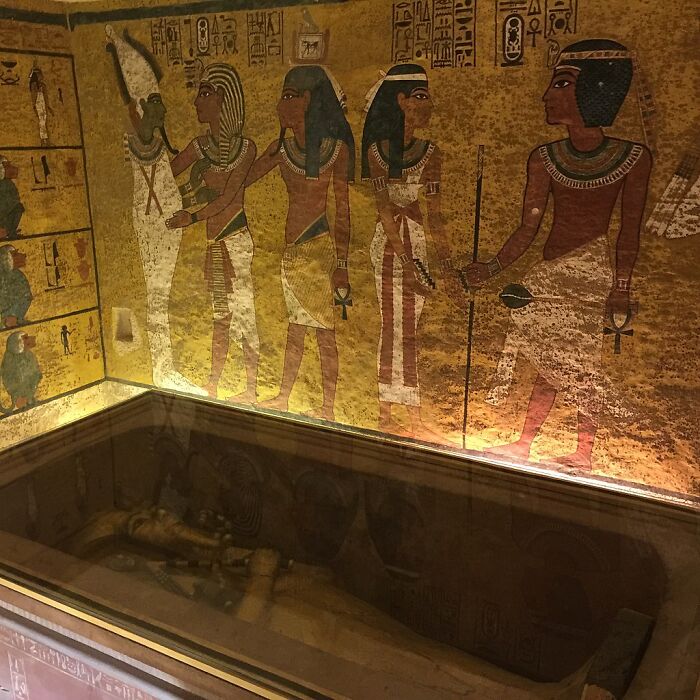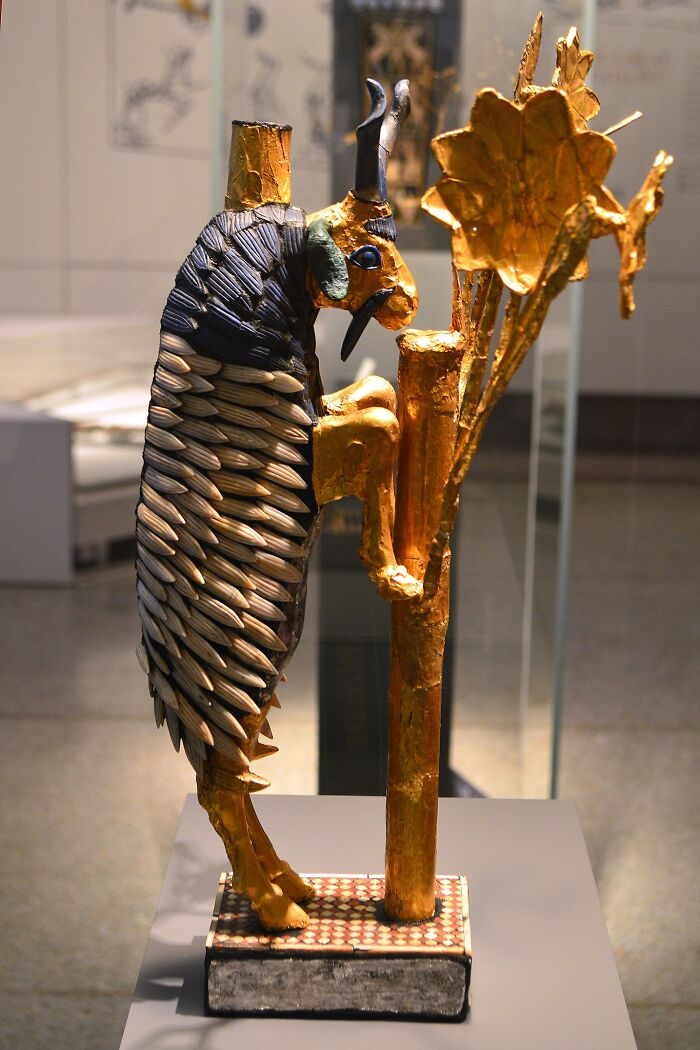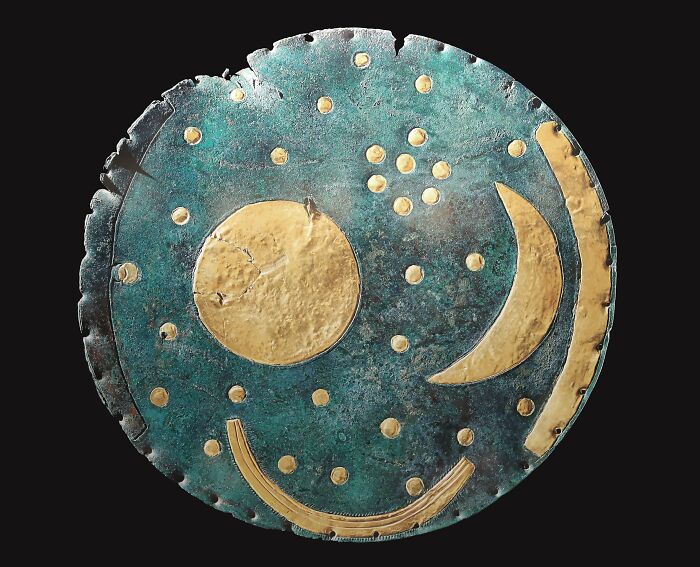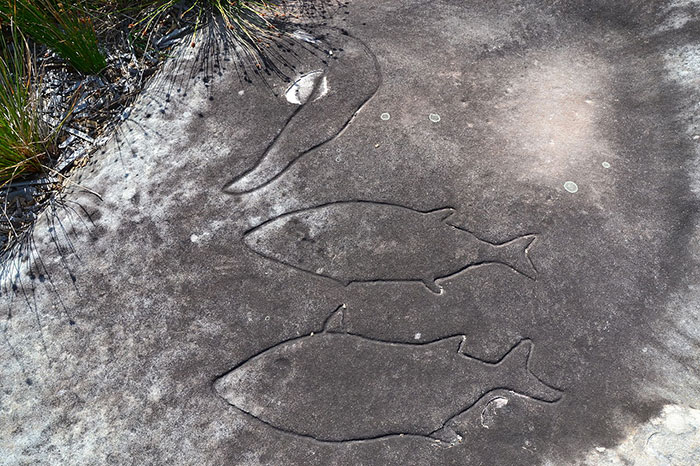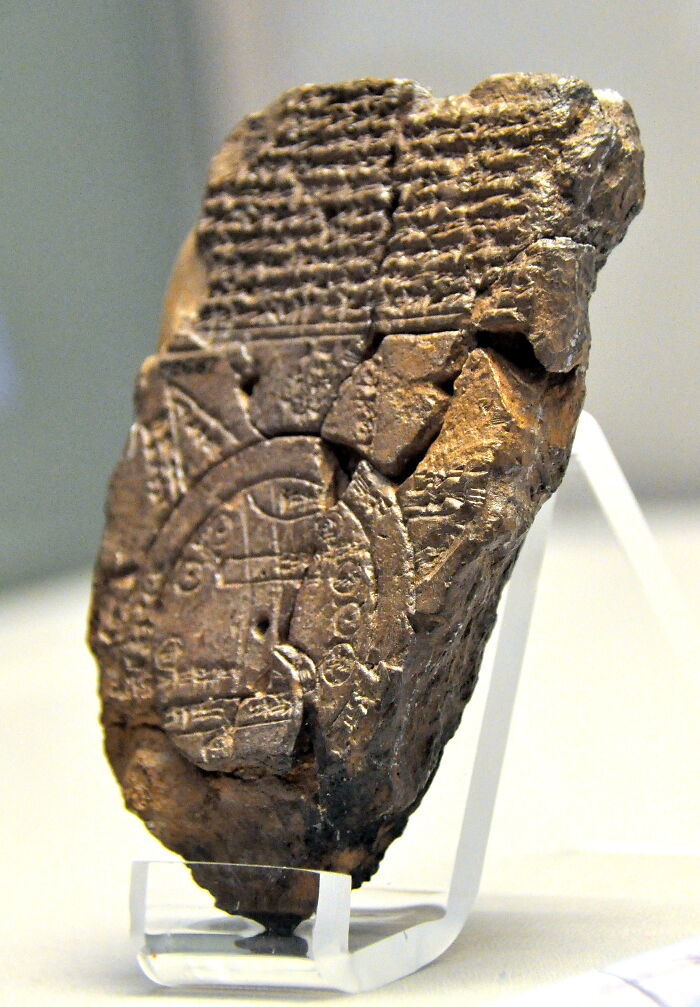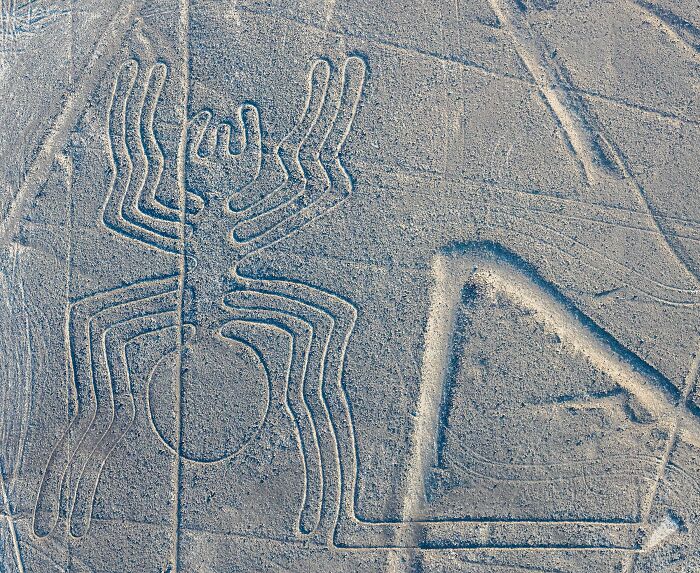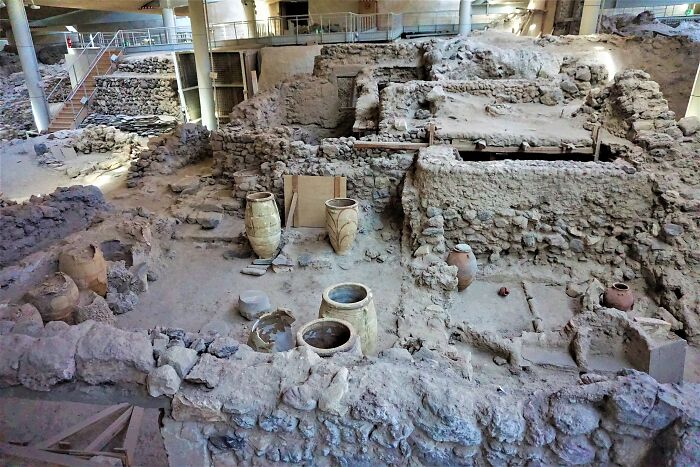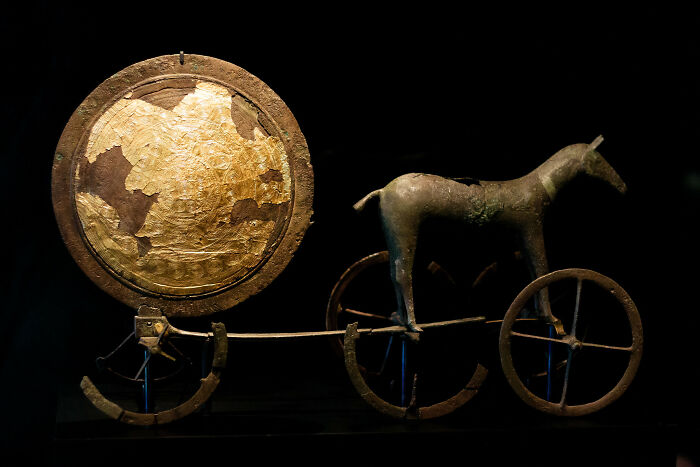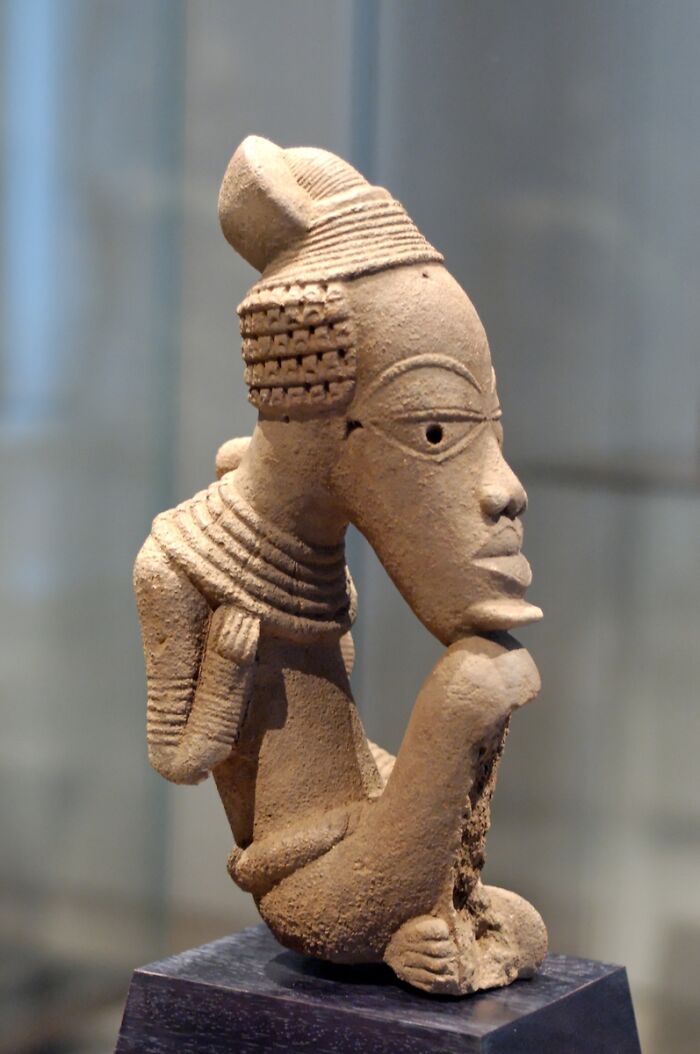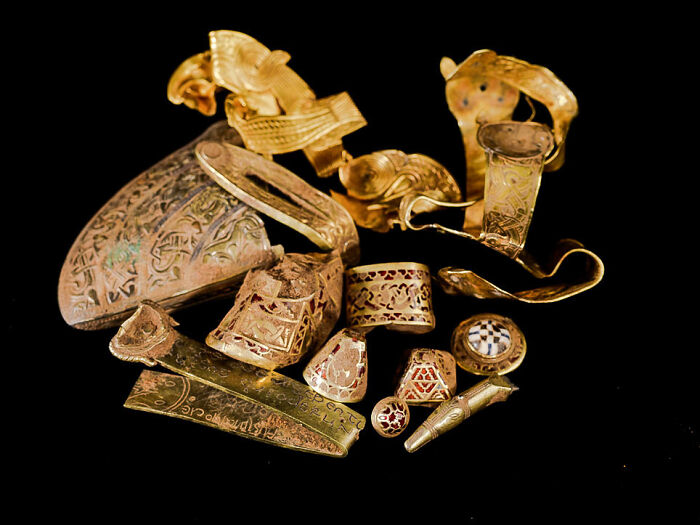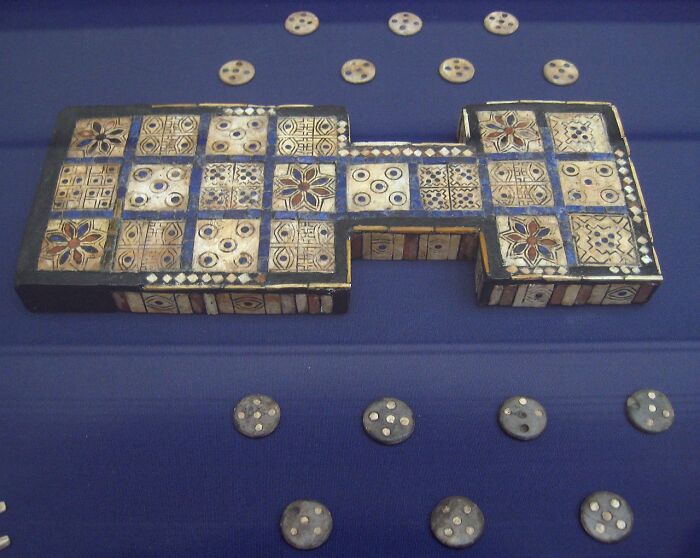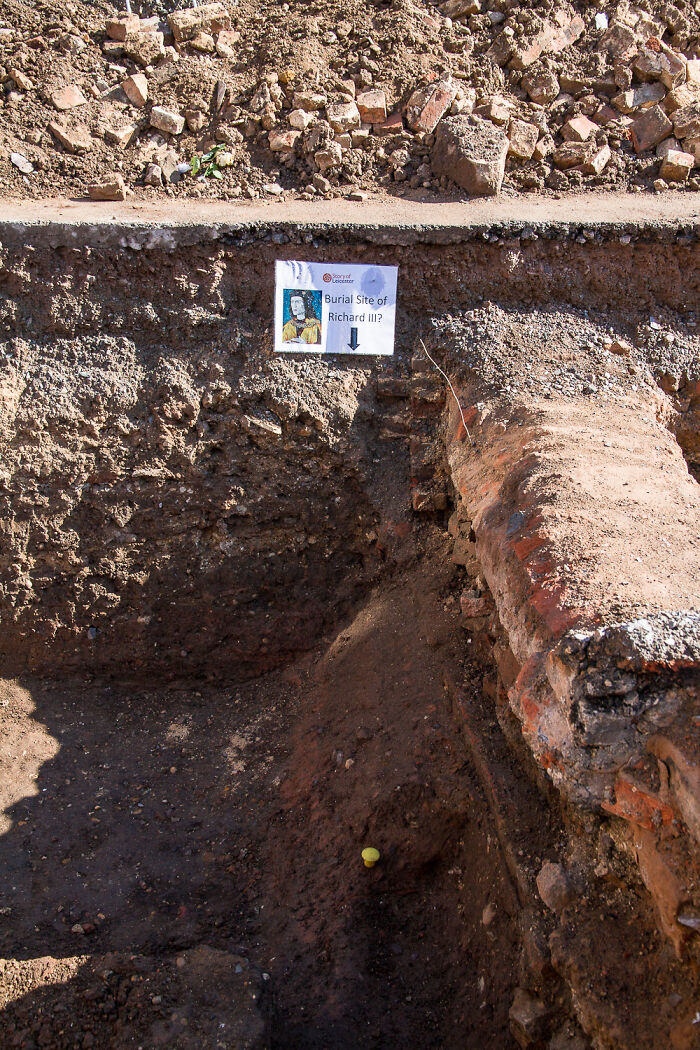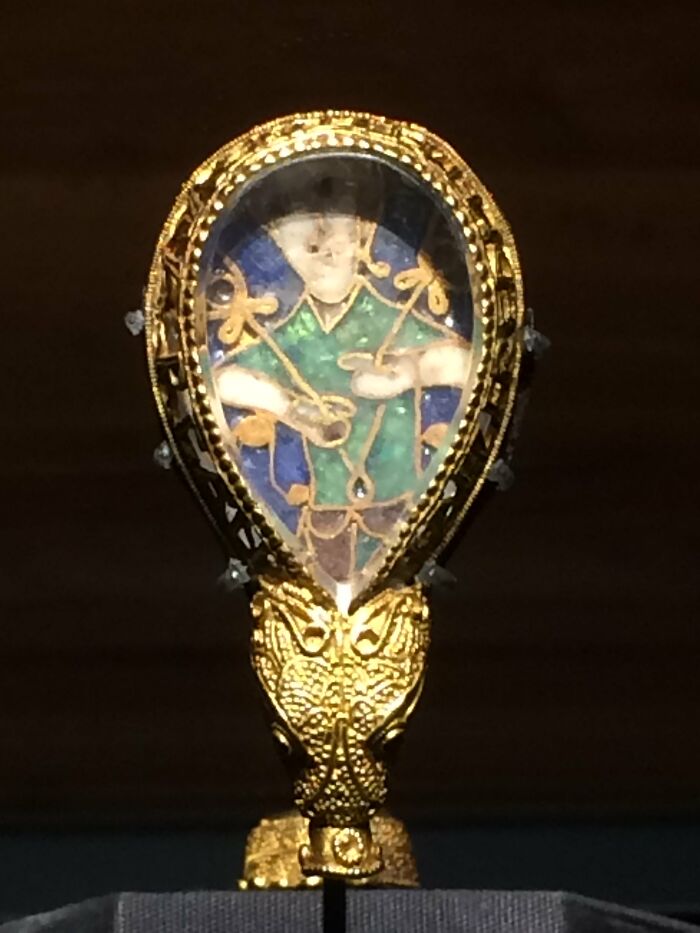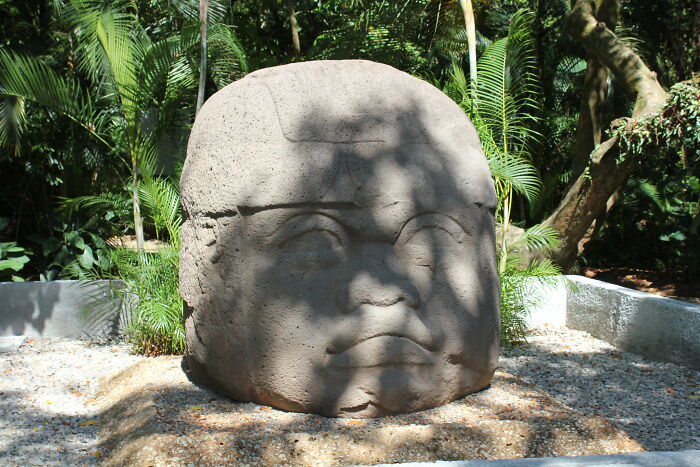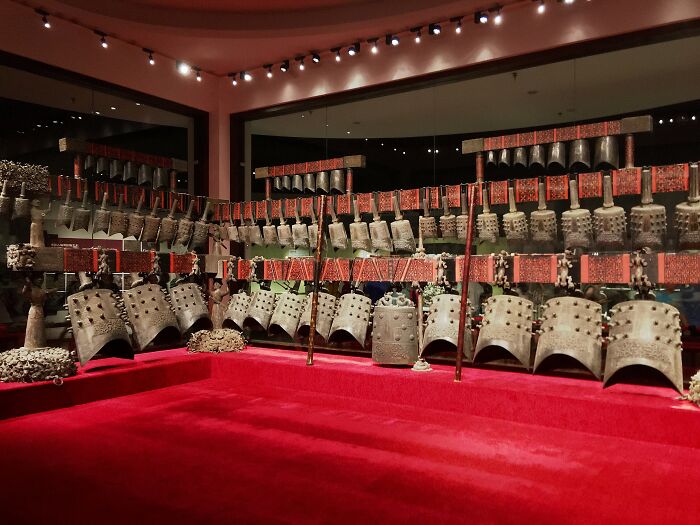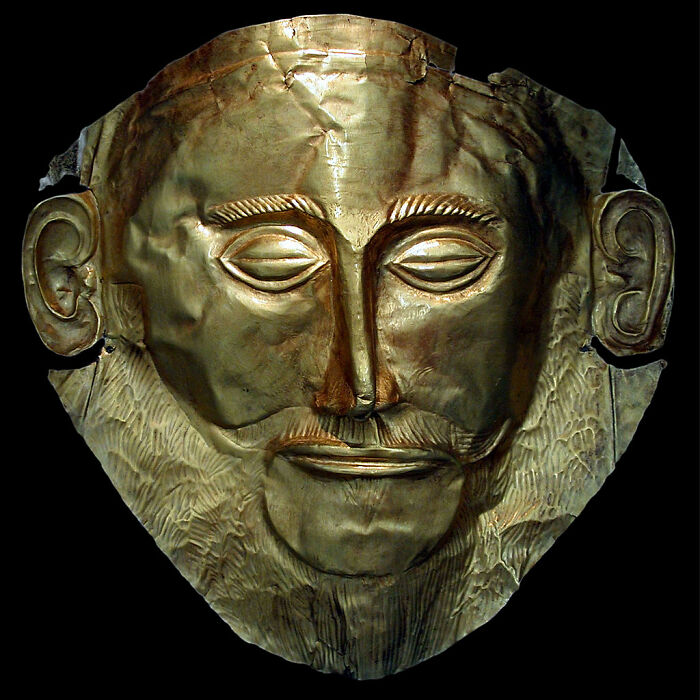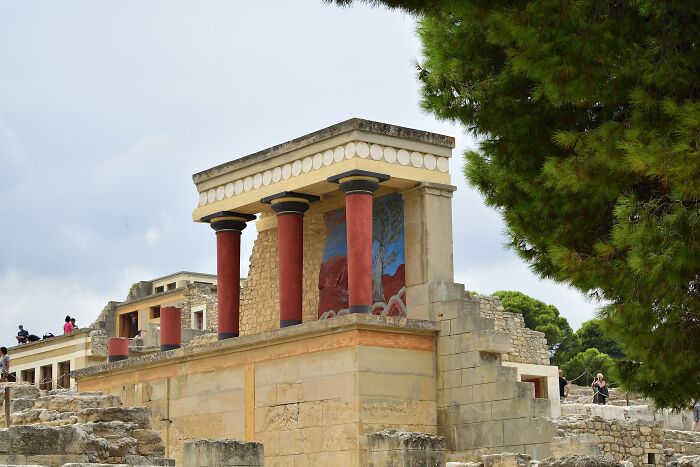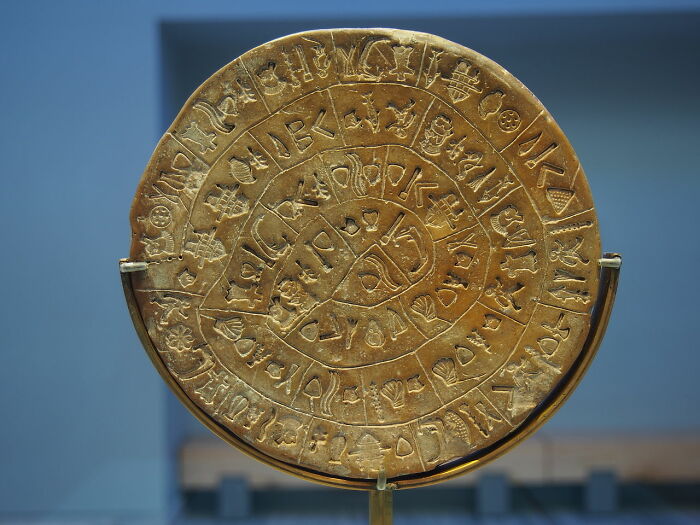History is what defined our civilization and will do so hundreds of years later. Written stories and famous artifacts have done the most to keep the records of humanity alive. Since you can’t change historical facts, famous ancient artifacts are here to support them and resolve the disputed ones. For this reason, a lot of historic artifacts are, one way or another, irreplaceable. But what makes an artifact valuable enough that it becomes so famous?
The most renowned artifacts are the ones that left a mark on the history of humankind. There are a lot of ancient artifacts that date back thousands of years before the rise of modern society. Modern ones are more creativity-based. From paintings to bells, a lot of them are considered cultural artifacts due to their significance to the local populace. These artifacts define the history of the culture that created them and humanity. The more pristine the condition — the more fame they will garner.
So, if you are like Indiana Jones, looking for historical artifacts, not in some ancient archaeology sites, but on the internet, you can call off your search! We have created a list of the best examples of artifacts that are famous all around the world. Look at the list below and expand your historical knowledge. If an artifact piqued your interest and you have never heard about it, be sure to upvote it. If you’ve heard about the listed artifact and would like to share more — leave a comment below!
This post may include affiliate links.
The Oseberg Ship (Year 820)
The Oseberg ship is an ornate Viking vessel made of oak that could be sailed or rowed. It was constructed in Norway around 820 AD and was discovered in 1904 in a large burial mound at the Oseberg farm near tønsberg. It is one of the most beautiful and well-preserved Viking artifacts ever found.
Exploring artifacts that date thousands of years and learning about them feeds our natural curiosity but it is even more interesting to chat with people who are experts in the field.
That is why Bored Panda reached out to Dr. Brian L. Hackett, an associate professor at Northern Kentucky University who has a special interest in museum exhibits and from 1992 to 2004 was responsible for the day-to-day management and development of historic sites as executive director of the Montgomery County (Ohio) Historical Society.
Terracotta Army (246 BC – 209 BC)
Unlike other historical artifacts, this funerary gift cannot be slipped into a sarcophagus or placed in the corner of a tomb — it consists of over 8000 statues of soldiers, statesmen, horses, and carriages. These clay soldiers were life-size and highly realistic, even holding functional weapons until curators replaced them for safety and preservation. Although only ten different facial models were used, each soldier appears to be unique.
Book Of Kells (9th Century)
This four-volume Gospel book from the ninth century is Ireland's most famous medieval European manuscript, thanks to its rich decorative illuminations and masterful calligraphy. Its pages are filled with beautiful illustrations of people, animals, mythical beasts, and Celtic knots.
Scientists discover artifacts and share the joy of finding something new that uncovers a part in human history because they were once lost and are now the only link to a certain time and place. It always is a wonder how entire cities can be lost and we just built new ones on top just to dig up everything once again to find ruins or someone’s shoe.
Dr. Brian L. Hackett gave us an idea how such artifacts get lost, “Sometimes they are lost just like if you were to lose your cell phone or your house keys. Other times, people deliberately hide things then forget about them or pass away before the items are recovered. There is a time in the life of an artifact where it goes from cherished and useful, to outdated and worthless, that is when objects get lost or discarded.”
Bust Of Queen Nefertiti (1345 BC)
The Nefertiti Bust is a sculpture of the ancient Egyptian Queen Nefertiti, the wife of Pharaoh Akhenaten, who ruled in the 14th century BC. It is easily one of the most recognizable ancient world artifacts. The artifact is shrouded in mystery, controversy, and celebrity. Some believe she was a foreign queen, while others believe she ruled as Pharaoh after her husband passed away or that they ruled together.
Rosetta Stone (196 BC)
During Napoleon's Egypt campaign in the early 1700s, a group of French soldiers discovered a large, inscribed stone slab at Rosetta. Egyptologists quickly got to work on understanding the inscriptions. The slab and its accompanying text, which originally belonged to a temple, can be traced back to Ptolemy V's reign. The Rosetta Stone's discovery was most notable for its potential for reading Ancient Egyptian hieroglyphs.
Fun fact, the Rosetta Stone is just one of the -possibly many- copies of the stone that existed at the time, but as of know the only exemplary known of that specific text. It's named "Rosetta" after the anglicization of the name of the city where it was discovered, Rashid: the stone was preserved only because it was reused as construction material for the ancient city walls. The text is a royal decree, and it was supposed to be posted in many major temples and cities to let people know about the latest political news (in this case, the Memphis priests accepting king Ptolemy V as the legitimate Pharaoh).
Mask Of Tutankhamun (1323 BC)
Possibly the most famous ancient artifact from the Egyptian world, the funeral mask of King Tutankhamun is a stunning fragment of both history and art. While the burial site was discovered in 1922, it took three more years to open the sarcophagus of the young ruler and transport it to the museum. The sculptor also used different materials when producing the piece, ranging from lapis lazuli to amazonite.
But to us those things hold huge value as they tell us the story of how our ancestors lived, what their values were and what a long way we went from there. There were lots of important discoveries made such as finding Tutankhamun’s burial site, the Dead Sea Scrolls or the Terracotta Army that had huge cultural and historical meaning but that doesn’t mean that it’s the end.
Just as we know that only 5 percent of the ocean’s floor is explored, Dr. Hackett is convinced that humans barely touched the surface of the evidence left behind by our predecessors and adds that you don’t need to go to a historical sight to uncover something, “Incredible discoveries are always being made not just in tombs, forgotten caves and deep forests, but also in attics, basements and even museum collections. Lost artifacts are all around us, you just need to be aware of the possibilities!”
Aztec Sun Stone (15th Century AD)
The Aztec Sun Stone, also known as the Aztec calendar, is a 24-ton sculpture carved in the 15th century to honor the Sun god Tonatiuh. It is now housed at Mexico's National Museum of Anthropology and has appeared on a lot of modern products. The five successive Suns from Aztec mythology are depicted on the Aztec Sun Stone.
Lucy, Addis Ababa (Lived 3.2 Million Years Ago)
Nothing says old like a three million-year-old artifact. Happily named Lucy, she supports evolutionary theory and significantly contributes to our understanding of human origins. Lucy's skull and bone fragments represent 40% of a female hominid who lived 3.2 million years ago. Lucy set the stereotypes of women from three million years ago.
Lucy, we learned so much about her at uni. When we went on field trips to the forest to collect biological samples we'd joke and say we're gonna look for Lucy. Lol
Antikythera Mechanism (205 BC – 100 BC)
The Antikythera Mechanism is an enigmatic artifact. Archaeologists only realized the significance of the artifact two years after its discovery. Based on the ancient Egyptian calendar and the familiar zodiac system, the mechanism consists of multiple gears that, when rotated, reveal specific details about the date and the positions of the Sun and Moon.
It always amazes me how people made these things and how they mapped and followed the position of the Sun and Moon. It must have been so amazing to see them do this.
Also, many of those great discoveries are accidents and while sometimes historians and archeologists have something on their mind of what they want to find and can look for clues, “many discoveries are by chance. You might be looking for one thing and end up finding something unexpected. It's times like this that make the work exciting.”
In that case any of us can be discoverers and researchers playing Indiana Jones. Dr. Hackett actually encourages it, “The stuff of history is all around us, one just needs to look. The Holy Grail can be found anywhere. Just be open to the idea that things are meant to be discovered and the best is yet to come.”
Sutton Hoo, England (6th - 7th Centuries AD)
Sutton Hoo, in the east of England, is the location of several early medieval cemeteries, including an Anglo-Saxon ship burial, one of the most remarkable archaeological finds ever discovered in the United Kingdom. Archeologist Basil Brown discovered the remains of an 86-foot-long (27 m) ship loaded with treasures inside the mound and the skeleton of a long-dead Anglo-Saxon leader.
Venus Of Willendorf (24,000 BC – 22,000 BC)
Venus of Willendorf is the female icon of the Ice Age. The four-inch-tall figurine has prominent private parts but no feet or facial features. Braids, or perhaps a knit cap, cover her head, and pigment spots indicate that the tan limestone artifact was once red. The figurine was discovered in 1908, about a week into excavations at Willendorf II, an Austrian site along the Danube River about 50 miles from Vienna.
Hey! Who gave them permission to make a sculpture of me ?! /S
There is so much potential to find something and there are so many mysteries to solve but the expert wouldn’t dare to guess what the next big find could be. Although based on previous discoveries he believes “it will be in the least likely place. Some kid will find it while hiking with his dog, or some archivist will discover a new letter she overlooked before.”
Such crazy stories truly happened before, “Someone finds an original copy of the Gettysburg Address inside an old book, a Picasso on the wall of a rented apartment in Chicago, or an early photograph of Edgar Allen Poe at a garage sale.”
The Divje Babe Flute (50,000 BC)
The Divje Babe flute is a piece of a cave bear's femur, perforated with spaced holes, and is approximately 50,000 years old. As people's perceptions of Neanderthals shift from barbaric, uncivilized brutes to more educated individuals, there is widespread agreement that the Divje Babe flute is a musical instrument. Discovered in a cave in Slovenia in 1995, the Divje Babe flute might be the oldest musical instrument.
Machu Picchu (1420–1530 AD)
Machu Picchu, one of the most visited archaeological sites on the planet, is a 15th-century Inca site perched high on a mountainside in Peru. In 1911, the late Hiram Bingham III, a Yale University professor, rediscovered the site. Until then, the ancient ruins had escaped the notice of Spanish conquistadors and settlers. Many archaeologists believe Machu Picchu was once the royal estate of Pachacuti Inca Yupanqui, an Inca ruler from the 14th century.
Machu Picchu before they cleaned it up....=> Screen-Sho...e5-png.jpg 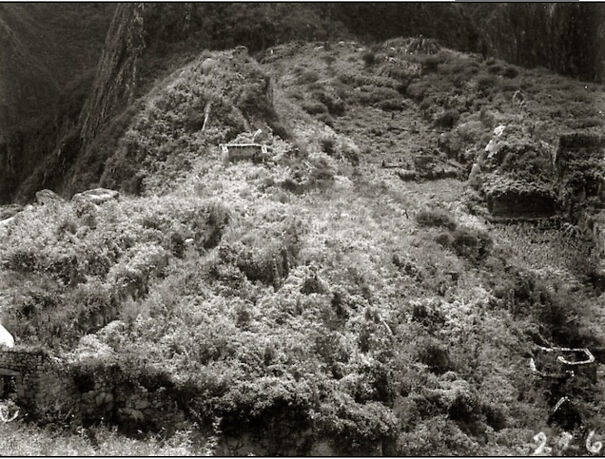
While major discoveries might happen by accident, historians and archeologists will still conduct research and choose somewhere to start from, “There are many hot fields of research right now. In my particular area of study, much history has been ignored, such as African American History, Native American History and other neglected subjects. This offers a world of history to be discovered.”
If you don’t hear about new knowledge about our past being discovered, it doesn’t mean that historians and archeologists are vacationing, “We are discovering the stories and related artifacts on subjects like the Underground Railroad, Slavery and the private lives of individuals. In other fields discoveries have been made in Egypt, Central America and Eastern Europe.”
Actually there is so much action going on that the historian thinks “we are on the edge of a new age in discovery!”
Galileo's Telescopes (In Year 1609)
Everything Galileo Galilei touched is famous in some way. He changed the understanding of the solar system and contributed a lot to the founding of modern astronomy. He did that using mainly his telescopes. Galileo's telescopes are some of the most famous artifacts there are.
Dead Sea Scrolls (300 BC – 100 BC)
The Dead Sea Scrolls are an ancient manuscript collection discovered in the Qumran Caves near the West Bank. The Dead Sea Scrolls, which consist of 981 pieces of textual evidence in total, are among the most famous ancient artifacts of all time. The manuscripts were stored in fortified clay jars and were preserved by the dry Qumran climate.
So while we wait for new announcements about lost cities, important people’s tombs and ancient secrets being discovered, let’s remember what we already know. Which of the artifacts in this list you found the most fascinating and surprisingly well preserved? Are there any other artifacts that weren’t on this list but are no less impressive? Let us know in the comments!
Lycurgus Cup (4th Century AD)
The Lycurgus cup is a mythical Roman cage cup depicting King Lycurgus. Its color changes depending on the light that shines on it. It is the only complete Roman object made of this glass type. It was built in the fourth century AD around 1800 AD, a gilt bronze rim and foot were added, and in the middle of the 19th century, the Rothschild family purchased it. In 1957, the British Museum purchased the cup.
The real relevance of this artifact is the glass it's made of. It's dichroic glass, a type of glass that has silver and gold particles mixed in the paste. Lycurgus cup is the oldest example and one of the few remaining to testify the Romans knew this manufacturing process, which was lost for centuries until the Venetians reinvented it while creating the Avventurina glass. The technology stayed in the art realm for five centuries, until it was perfected for use in the US Space Program (mostly for the suit face visor and satellite equipment), and is nowadays very common for optics and lamps production.
Cave Of Altamira (14,000-18,500 Years Ago)
An amateur archaeologist and his young daughter discovered the prehistoric paintings that adorn the walls of the Cave of Altamira in Spain in 1879. The Paleolithic drawings, created with charcoal and natural Earth pigments, depict bison, aurochs (a type of extinct wild cattle), horses, deer, and the outlines of human hands. Scientists believe these drawings were made just as humans began to settle down in northern Europe.
The Voynich Manuscript (15th Century AD)
This 15th-century codex, dubbed "the world's most mysterious book," is written in an unknown script by an unknown author. The purpose of the book, as well as a translation of the text, has eluded investigators to this day. The manuscript contains "lively" illustrations that appear to encompass several scientific topics. The manuscript's origins are still unknown, with some claiming it's a hoax and others claiming it's the work of aliens.
Manuscript comes from Prague, Charles university, now belongs to Yale University.
The Pyramidion Of The Black Pyramid Of Dashur (1820 BC)
Pyramidions were created to be the capstones of ancient Egyptian pyramids, and few have survived into the present day. This one was discovered in the rubble near the Black Pyramid of Amenemhat III at Dashur. The Pyramidion Of The Black Pyramid Of Dashur is in relatively good condition, with legible inscriptions on all four sides.
Rapa Nui (11th - 17th Centuries AD)
Rapa Nui, Easter Island, is best known for its 1,000 giant "head" statues — moai. They were carved and erected between the 11th and 17th centuries AD. The figures, oversized heads atop long torsos, range in height from 6 ft (2 m) to more than 30 ft (9 m), with one unfinished moai on the island standing more than 65 feet (20 meters). The moai were built by a group of Eastern Polynesian settlers who arrived on the island around the first century AD.
Maybe it was used to scare away colonizers. They'd see it in their telescopes...which wouldn't be HD quality and think....damn those are some giant people. Then again...knowing some history they might actually think....damn those are some giant people, we need one for a circus back home. Sigh.
Pompeii (7th – 6th Century BC)
In 79 A.D., an erupting Mount Vesuvius engulfed the Roman city of Pompeii in a cloud of volcanic gases and debris. The city and its inhabitants were buried beneath a layer of pumice stone and ash 19 to 23 ft (6 to 7 m) deep. Pompeii remained undisturbed for over a thousand years until an architect named Domenico Fontana came across the ancient Pompeii residence while working on a construction project.
Its actually been buried several times as locals would think the volcano dormant and rebuild. Also, fun fact, there are male members EVERYWHERE. Pompeii had to be the h******t city ever.
King Tut's Tomb (1332 BC)
A team of archaeologists led by British Egyptologist Howard Carter discovered the Egyptian pharaoh's lavish burial chamber in 1922. Tutankhamun rose to power at nine in 1332 BC and passed away nine years later. His untimely demise could explain why the pharaoh's tomb appears rushed. Microbes discovered on the tomb's walls suggest that the wall paint was not even dry when the tomb was closed.
Tutankhamun's importance is only from his tomb, one of the few -and by far the most relevant- to be found unopened and untouched by grave robbers. The pharaoh himself was unassuming and died very young, so his tomb was rushed and the next pharaoh used the tomb's grounds to build his far more magnificent and large pyramid, incorporating Tut's tomb basically in the cellars. For this reason the tomb was overlooked by grave diggers and found with all the original furniture.
Ur Ram (2500 BC)
One of the most famous artifacts from the ancient world is the Ram in a Thicket — two figurines depicting a ram perched up over a bush. They were discovered in 1928 at the Royal Cemetery of Ur, an important archaeological site in modern-day Iraq. Ram in a Thicket denotes advanced crafting ability for its time. They were made from such materials as gold, lapis lazuli, copper, and wood.
Nebra Sky Disc (1600 BC – 1000 BC)
Found on accident by amateur treasure hunters, the Nebra Sky Disc's significance was soon revealed by professional reviewers. The disc has golden dots behind two larger plates shaped in circular and crescent forms. This scene depicts the sky with a sun, moon, and stars. Later in the artifact's life, a few more plates symbolizing the solstice were added, indicating that the disc was used to learn about astronomy.
The "amateur treasure hunters" were looters operating illegally, who damaged and sold the artefact on the black market. It took years of research and legal proceedings to recover the artifact and make it available to the public. Another onslaught of legal issues came when the state claimed copyright on this 3500 years old work of art on flimsy basis.
Sydney Rock Engravings (+3000 BC)
Aboriginal Australians were known to have created detailed designs on rock faces, which have since become some of the most famous ancient relics, and had been living in the area as far back as 28000 BC. It's hard to say when these works of art were made, but most historians agree that they originated between 3000 and 4000 BC, during the late Neolithic period.
Babylonian Map Of The World (900 BC – 700 BC)
This famous ancient artifact is an early depiction of the world, as known by the Babylonians around 900 BC. It is typical of old-world maps in that it centers on local features, such as the Euphrates, and then expands outwards. The Babylonian Map covers neighboring cities with accompanying labels, followed by an ocean and several landmasses beyond it.
Nazca Lines (500 BC)
The Nazca Lines are geoglyphs (large designs produced on the ground) located on the coastal plateau of Peru. Most of them were created by the ancient Nazca people between 500 BC and AD 500. The mysterious lines were never "discovered," as they are visible from nearby foothills and were likely observed by people before they were brought to the general public's attention.
Akrotiri, Thera (1500 BC)
Around 1500 B.C., the Greek island of Thera (now known as Santorini) suffered the same fate as Pompeii. A powerful eruption of the Thera volcano covered all traces of the thriving metropolis in several meters of volcanic debris when the Bronze Age settlement was at its peak. The city was not fully excavated until 1967, under the direction of Greek archaeologist Spyridon Marinatos.
I wonder why it is not as well known as Pompeii. Less appeal for tourists?
Trundholm Sun Chariot (1400 BC)
The Trundholm Sun Chariot has left archaeologists with more questions than answers since it was found alone, without any other historical artifacts nearby. The disc is gilded on one side and adorned with highly decorative concentric rings. Many believe that the Trundholm Sun Chariot symbolizes the rise and setting of the Sun since it travels from east to west.
Could it have been a child's toy? You know when your toddler forgets his GI Joes out in the back yard? 😆
Sword Of Goujian (771 BC – 403 BC)
Despite being over 2,500 years old, this Chinese dagger has a razor-sharp edge. It was discovered in a tomb in Hubei, China, and is thought to date from 771 to 403 BC. The Metropolitan Museum of Art notes that the eight characters engraved on the blade are ancient writing called "bird-worm seal script," which reads, "King of Yue... made this sword for [his] personal use."
Nok Terracotta Sculptures (1500 BC – 500 AD)
Despite being widely scattered across the southern Sahara, the Nok Terracotta Sculptures are some of the most famous ancient artifacts and earliest examples of ironwork from the African continent. Because erosion has reduced many sculptures to fragments, complete heads are highly valued. While the function of these terracotta heads is unknown, their craftsmanship is impressive.
Staffordshire Hoard (650–675 AD)
In 2009, a man in Staffordshire, England, struck gold while strolling through the countryside. The man was using a metal detector in a newly plowed field when he discovered the largest Anglo-Saxon treasure hoard. Archaeologists excavated the site and recovered over 3,500 pieces of gold, silver, and other metals. Most of the artifacts had something to do with warfare — none of them were household items such as cups or silverware.
Royal Game Of Ur (2600 BC – 2400 BC)
Thousands of years ago, the Royal Game of Ur was a popular pastime for the people of Mediterranean and Middle East regions. As Irving Finkel, assistant keeper in the Department of the Middle East at London's British Museum, explains, "For such a long time, there were no forms of entertainment. Games had an excellent stronghold in that environment. They were unrivaled."
No forms of entertainment? There was music, dancing, singing, storytelling and art. People were far from bored!
The Grave Of Richard III (25 August 1485)
Archaeologists from the University of Leicester in England discovered King Richard III's grave in 2012. The king passed away in battle in 1485, and rather than a state funeral, Richard's body was reportedly held at the Grey Friars Church in Leicester. Archaeologists found the former church and recovered the late king's bones using historical records. Richard III was reburied in Leicester Cathedral in a marble tomb in 2015.
What was amazing was that he was under a parking lot and just beneath a painted letter R.
The Alfred Jewel (9th Century AD)
This royal relic, discovered in a field in Somerset, England, in 1693, dates to the reign of King Alfred the Great (871-899 AD) and bears the inscription "AELFRED MEC HEHT GEWYRCAN," which translates as "Alfred ordered me to be made." The jewel was originally part of an aestel, or pointer, a device used to follow the text in manuscripts, according to the Ashmolean Museum. The aestel, a "significant" piece of Anglo-Saxon goldsmithing, was crafted around a slice of rock crystal.
Olmec Colossal Heads (1500 BC – 400 BC)
The Olmec Colossal Heads are seventeen monumental figures depicting human heads that are historical artifacts from the Olmec civilization, which was the first to settle in Mesoamerica. All the sculptures depict males, with detailed headdresses of cloth and feathers, either with faces smiling, neutral, or threatening.
Bronze Bells (2,000-3,600 Years Old)
Bells — love them, or hate them — contributed a lot to our history. The bells, discovered in 1978 in the tomb of Marquis Yi in the 4th century BC, represent the pinnacle of early music and bronze casting. Sixty-five bronze bells of various sizes were arranged in three rows on a wood-and-copper frame to create beautiful sounds.
Mask Of Agamemnon (1550 BC -1500 BC)
In 1876, the German archaeologist Heinrich Schliemann discovered several golden masks among gravesites at Mycenae, Greece, excavating on behalf of the Greek Archaeological Society. There were five funeral masks of men, women, and children. Schliemann believed he had discovered the body of King Agamemnon from Homer's Iliad because of the status associated with this practice and the gold found in the tomb.
Just to confirm, Schliemann was a terrible archaeologist even by the standards of the time. No gold funerary masks of any kind have ever been found in any other Mycenean contexts, the level of preservation is highly implausible, and Schliemann's brother in law was a goldsmith. These are /undoubtedly/ fakes, but the Greek cultural authorities have refused to allow them to be tested (because the conceit that they might be authentic is good for business.)
Palace Of Knossos, Crete (1950 BC)
The Palace of Knossos is a Bronze Age structure built by the Minoan civilization around 1950 BC on the Greek island of Crete. Knossos is best known for its vibrant frescoes, depicting mythological creatures, marine wildlife, and ceremonial scenes. The site also produced a wide range of Minoan pottery, many of which are now on display at the nearby Heraklion Archaeological Museum.
Note that what you see here is an imaginative reconstruction of the original, based largely on Evans' (Arthur, archeologist from the turn of the 20th century) Victorian understanding of palaces and royalty. What he calls a "throne room" for instance was originally nothing of the sort--- Evans just twisted the ruins into that shape because, in his mind, a palace ought to have one. There is also no real evidence that "palace" is even an appropriate term for the original structure.
Phaistos Disc (1850 BC – 1400 BC)
Luigi Pernier, an Italian archaeologist, discovered a small disc in the ruins of a palace in the Phaistos region of Crete in 1908. Even though an earthquake destroyed much of the palace and the historical artifacts inside, the Phaistos Disc was safe.
Note: this post originally had 56 images. It’s been shortened to the top 40 images based on user votes.
I’d like to see the Carnyx on this list. It’s a slide less trombone from Celtic times just after the Romans left England. It’s played vertically and its bell is carved to look like a boar’s head. https://en.wikipedia.org/wiki/Carnyx
You have FAILED to show parts of the Neolithic temples in Malta circa 4 thousand years BC
What a neat list. There are so many other amazing inventions and wonders that could be added. I would love to see the Lewis Chessmen and the neolithic site of Skara Brae on the list.
#33 We need to start crediting the RIGHT person for finding Richard III. It was Philippa Jayne Langley MBE, a British writer, producer, and Ricardian, who did the research and worked out where the body was and was responsible for the discovery, the funding for and exhumation of Richard III in 2012 (the Looking for Richard project), NOT the university. Langley was awarded an MBE for her work. The university only came in when she contacted them to do the excavations and they funded only the 3rd week of excavations and DNA confirmation. They need to stop taking credit for her work. When the University presented the discovery to the world's press they took ALL the credit. They kept Langley's name off the exhumation licence, even though she was their client, giving them control of the remains but inadvertently enabled a legal action lasting several years.
This was genuinely one of the best posts I've ever read on Bored Panda.
I’d like to see the Carnyx on this list. It’s a slide less trombone from Celtic times just after the Romans left England. It’s played vertically and its bell is carved to look like a boar’s head. https://en.wikipedia.org/wiki/Carnyx
You have FAILED to show parts of the Neolithic temples in Malta circa 4 thousand years BC
What a neat list. There are so many other amazing inventions and wonders that could be added. I would love to see the Lewis Chessmen and the neolithic site of Skara Brae on the list.
#33 We need to start crediting the RIGHT person for finding Richard III. It was Philippa Jayne Langley MBE, a British writer, producer, and Ricardian, who did the research and worked out where the body was and was responsible for the discovery, the funding for and exhumation of Richard III in 2012 (the Looking for Richard project), NOT the university. Langley was awarded an MBE for her work. The university only came in when she contacted them to do the excavations and they funded only the 3rd week of excavations and DNA confirmation. They need to stop taking credit for her work. When the University presented the discovery to the world's press they took ALL the credit. They kept Langley's name off the exhumation licence, even though she was their client, giving them control of the remains but inadvertently enabled a legal action lasting several years.
This was genuinely one of the best posts I've ever read on Bored Panda.
